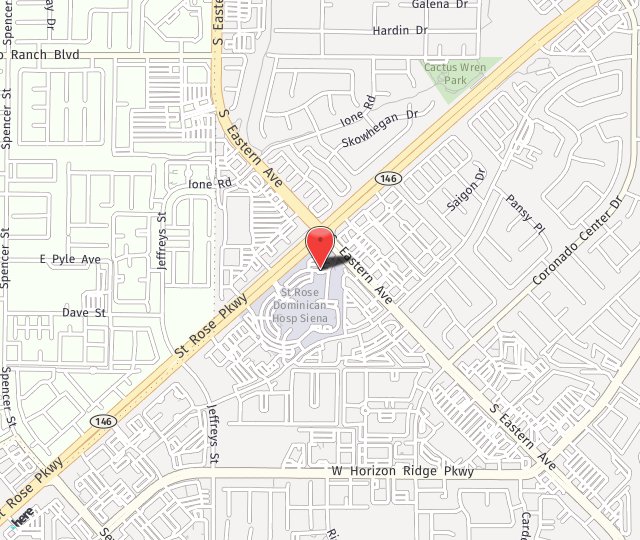Are They Worth it?
Breast implants are not lifetime devices. Ruptures can occur from wear and tear, and most are non traumatic. This is analogous to wearing the same pair of jeans every day. Over time, you may get a hole in the knee. Most ruptures occur 10 years after implantation, and the incidence increases with implant age.
In 2006, the FDA approved the newer generation silicone implants for use in women over 22 years old. These implants are more cohesive than ever before, meaning they act more solid than liquid. In the event of a rupture or hole in the shell, oftentimes there are no symptoms whatsoever. This is called a “silent rupture”. Because the FDA believes there should be some type of routine screening for such a situation, here’s what they recommend: MRI should be done 3 years after implantation, followed by MRI every 2 years thereafter.
So the question is WHY?
If there is a defect in the shell of a cohesive silicone implant, what happens? Usually nothing. Because of the gel’s cohesive nature, the gel likely remains inside the implant. Worst-case scenario, the gel comes out of the implant, but remains within its surrounding capsule. Regardless, there may not be any symptoms or appearance change. MRI’s are the best way (short of surgery) to identify a defect in the breast implant. However, it is more likely to be accurate (80-90%) in women who have symptoms, such as pain, appearance change, or capsular contracture. In patients without symptoms, the accuracy is much less. The FDA’s own data report a 21% false positive rate (meaning the scan reported “rupture” when in fact at surgery the implant was found to be entirely intact).
Ruptures occur at the rate of about 0.5 to 1% per implant, per year. Does it make sense to have 199 women to undergo MRI to find one rupture? MRIs are not cheap. In our area, the cost for a breast MRI ranges from $600-$1500. And don’t expect your insurance company to pay.
What is the point of undergoing an MRI if there are no health risks associated with ruptured silicone implants? As the FDA report points out, silicone implants do not cause connective tissue disease, illness, reproductive problems, or breast cancer.
Although not perfect, MRIs are more accurate than mammogram and CAT scan in evaluating breast implants and do not involve the use of ionizing radiation. Physical examination fails to diagnose implant rupture in more than 50% of cases. Historically, breast ultrasound, a much cheaper and more accessible test, has variable accuracy when it comes to detecting implant rupture mostly related to the skills of the technician performing the test. Ultimately, the true test in making the diagnosis of implant rupture is surgery.
In 2008, plastic surgeons at the Memorial Sloan-Kettering Cancer Center in New York reported, “the evidence is not conclusive that MRI surveillance leads to a reduction in patient morbidity, or that the benefits of screening outweigh risks, which include unnecessary patient anxiety, false-positive results, and even unneeded surgery.” In a landmark study in the Aesthetic Surgery Journal in 2012, high-resolution ultrasound performed by an experienced ultrasonographer in a plastic surgeon’s office was used to detect breast implant shell failure. The study showed that ultrasound in this situation is equivalent to MRI in terms of visualization of implant rupture. In 2014, here in Las Vegas, the American Institute of Ultrasound in Medicine’s Annual Convention presented data demonstrating the effectiveness of high-resolution ultrasound in evaluating the status of breast implants. Hopefully, the FDA recommendations will change regarding routine MRI of women with silicone breast implants.
So what do I tell my patients who undergo silicone breast augmentation? I tell them the FDA recommendations for routing MRI surveillance of their breasts at intervals and to be prepared to pay for those studies. I explain “silent” or asymptomatic ruptures that can occur with cohesive silicone breast implants and let them know that reoperation is in their future for rupture or more commonly, for cosmetic desires. There are no health risks associated with ruptured silicone breast implants, nor any urgency in having them removed and replaced. The FDA recommendations are not law. Ultimately it is up to the patient to decide whether or not to undergo routine MRI when their breasts look and feel fine.

